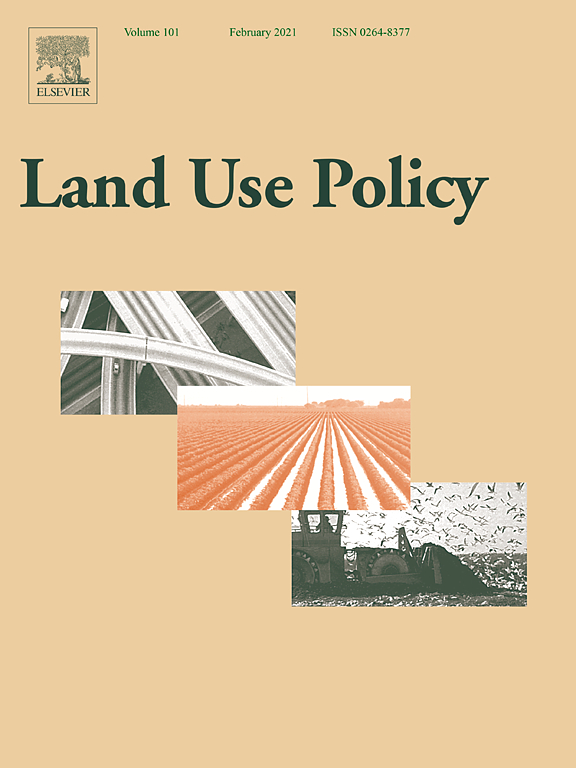Knowledge flows: Farmers’ social relations and knowledge sharing practices in ‘Catchment Sensitive Farming’
The move towards sustainable agriculture requires a more detailed understanding of farmers’ knowledge(s) and knowledge practices. Increasingly, it is important to understand not only what farmers understand, but how their knowledge practices incorporate others – especially given the emerging call for environmentally-orientated policy measures to move beyond an individual farmer focus. This paper considers how farmers engage with, utilise and share knowledge through a focus on the Catchment Sensitive Farming (CSF) initiative in the UK.


